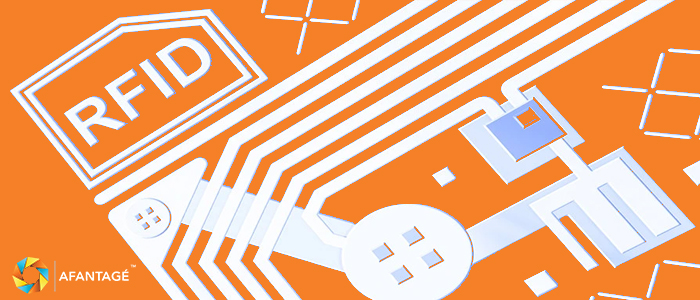
RFID is the abbreviation for “radio-frequency identification” that refers to a technology whereby digital data is encoded in radio-frequency identification tags or smart labels that are captured by a reader via radio waves as stated by the best Rfid reader provider in Malaysia.
Radio-frequency identification is similar to barcoding in that data from a tag or label are captured by a device that stores the data in a database. Radio-frequency identification, however, has various advantages over systems that use barcode asset tracking software. The most notable is that radio-frequency identification tag data can be read outside the line of sight, whereas barcodes must be aligned with an optical scanner.
Radio-frequency identification belongs to a group of technologies referred to as Automatic Identification and Data Capture (AIDC). Automatic Identification and Data Capture (AIDC) methods automatically identify objects, collect data about them, and enter those data directly into computer systems with little or no human intervention. Radio-frequency identification methods utilize radio waves to accomplish this. At a simple level, radio-frequency identification systems consist of three components: a radio-frequency identification tag or smart label, a radio-frequency identification reader, and an antenna. Radio-frequency identification tags contain an integrated circuit and an antenna, which are used to transmit data to the radio-frequency identification reader (also called an interrogator). The reader then converts the radio waves to a more usable form of data. Information collected from the tags is then transferred through a communications interface to a host computer system, where the data can be stored in a database and analyzed at a later time.
As stated above, a radio-frequency identification tag consists of an integrated circuit and an antenna. The tag is also composed of a protective material that holds the pieces together and shields them from various environmental conditions. The protective material depends on the application. For example, employee ID badges containing radio-frequency identification tags are typically made from durable plastic, and the tag is embedded between the layers of plastic. Radio-frequency identification tags come in a variety of shapes and sizes and are either passive or active. Passive tags are the most widely used, as they are smaller and less expensive to implement. Passive tags must be “powered up” by the radio-frequency identification reader before they can transmit data. Unlike passive tags, active radio-frequency identification tags have an onboard power supply (e.g., a battery), thereby enabling them to transmit data at all times.
Radio-frequency identification tags tend to offer many advantages over the barcode, particularly the fact that a radio-frequency identification tag can hold much more data about an item than a barcode scan. In addition, radio-frequency identification tags are not susceptible to the damages that may be incurred by barcode labels, like ripping and smearing as stated by the best Rfid reader provider Malaysia.
Every corporation small or large has evacuation plans, marked fire exits, and mapped routes. There are many kinds of emergencies and depending on the type of business, one may have strict regulations on keeping up with those management plans.
The use of Radio-frequency identification tags is now being incorporated into emergency management plans across all industries. The need for an evacuation route and a safe mustering location (safe zone) is just the beginning. Using radio-frequency identification tags to track employees in an emergency will provide visibility so that first-responders react efficiently and have an insight as to who all are missing and where they are for a faster response time
Afantage provides the best Rfid reader provider in Malaysia. It is unique, easy, and suitable for all kinds of quick evacuation situations from high-rise buildings. Their good and efficient emergency evacuation system equipment and hardware are almost 98 - 100% accurate. It helps to count, tally & track at exits and/or mustering areas. It is traceable to the last known badge-in and sign-in locale, or the exact last halting location. It helps to communicate information (not data) to first responders through an independent cloud-based execution system. It is autonomous. Their RFID reader has an automatic alert using sensors to track temperature, smoke, and gas that operate at multiple frequencies for different countries. It is reactionary to relay phone calls, SMS, email as well as sirens, lights, and sprinklers. All private information is withheld in the system unless the alarm is sounded. In addition, the ownership cost, maintenance, and licensing of the equipment and hardware are highly economical.